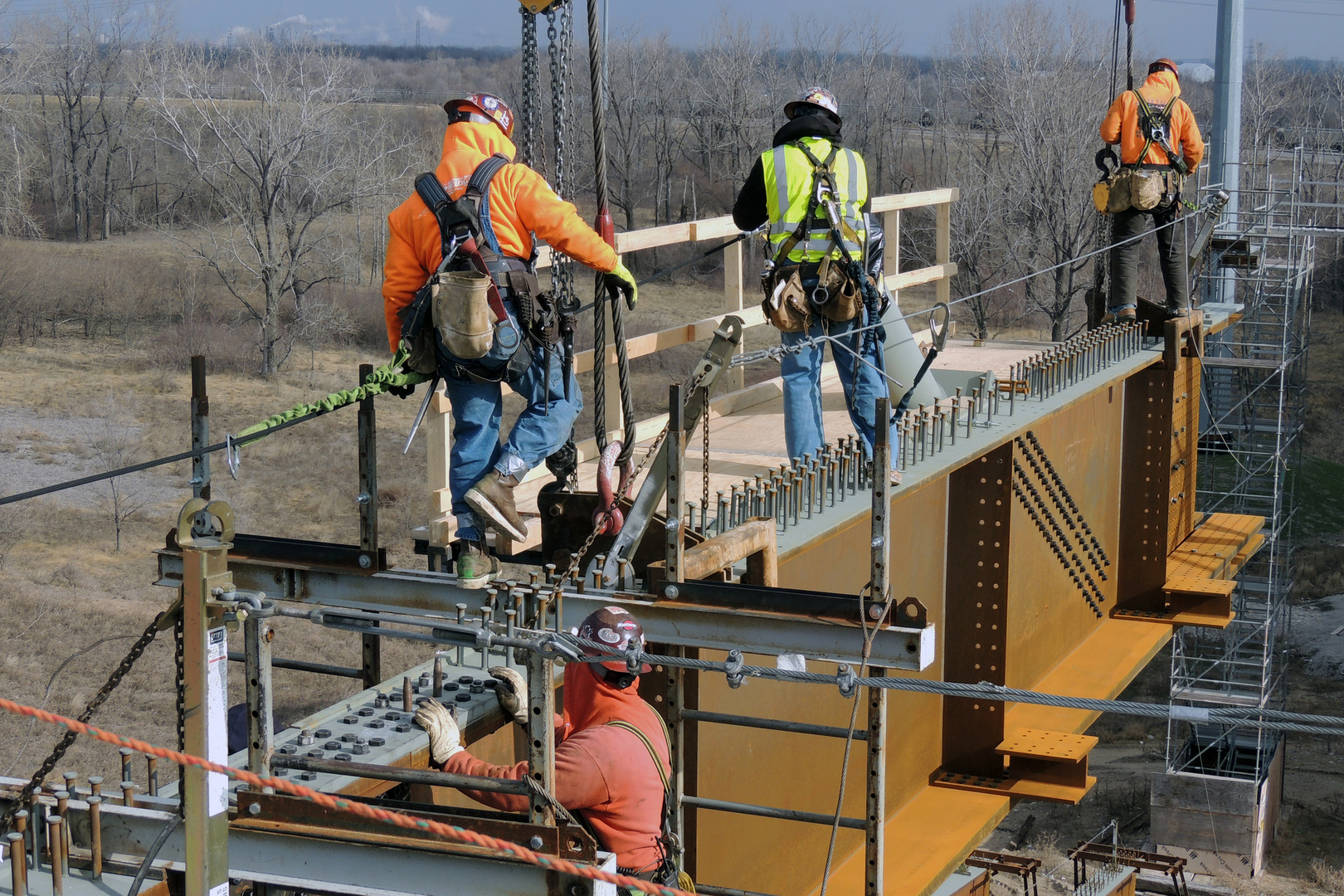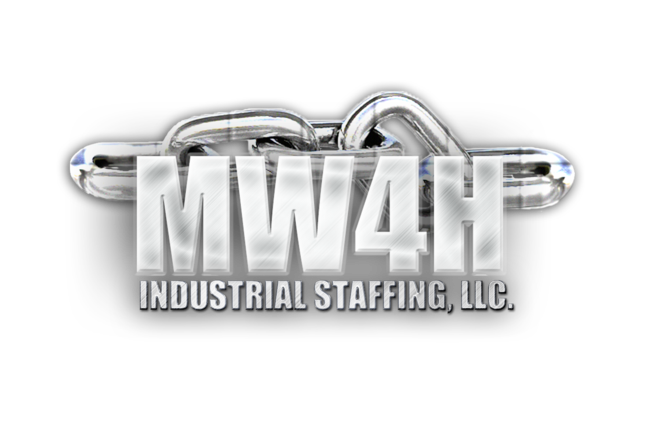Diversity and Inclusion in Oil and Gas Staffing: Why It Matters Now
The oil and gas industry has long been a vital pillar of the global economy, providing energy, employment, and economic growth. However, it has also historically faced challenges related to diversity and inclusion, which can have profound implications for workforce development, innovation, and sustainability. In recent years, the conversation around diversity and inclusion in oil and gas staffing has gained significant traction. This shift is not just driven by ethical or social considerations but by the recognition that a diverse and inclusive workforce can offer numerous business benefits. From tackling labor shortages to fostering innovation and improving decision-making, the oil and gas sector stands to gain much by embracing D&I principles.
As the industry continues to evolve, addressing diversity and inclusion becomes even more critical. With emerging technologies, environmental challenges, and an increasing emphasis on corporate responsibility, oil and gas companies are rethinking their staffing strategies.
The Current State of the Oil and Gas Workforce
Historically, the oil and gas industry has been dominated by a homogenous workforce, with a predominant representation of white, male employees in technical and leadership roles. Although efforts have been made to improve workforce diversity, the representation of women, people of color, and other marginalized groups remains relatively low compared to other industries. According to recent reports, women make up only about 15-20% of the workforce in many oil and gas companies, and the percentage of people of color in technical roles remains limited.
Moreover, the sector has also faced challenges in attracting younger talent, especially as new generations prioritize work environments that reflect diversity, equity, and inclusion. The oil and gas workforce is aging, with a significant proportion of employees nearing retirement age. This demographic shift is putting additional pressure on oil and gas companies to develop more inclusive hiring practices to attract and retain diverse talent.
The issue of diversity and inclusion is not only about improving representation but also about creating a more inclusive culture where every employee feels valued and has an opportunity to succeed. As the oil and gas sector works to overcome its historical workforce challenges, fostering diversity in staffing will be essential to future success.
The Business Case for Diversity and Inclusion in Oil and Gas
Beyond the moral and social reasons for embracing diversity and inclusion, there is a compelling business case for prioritizing these initiatives in oil and gas staffing strategies. Companies that invest in D&I reap a wide range of benefits, many of which are critical to the sector’s future sustainability.
- Improved Innovation and Problem-Solving: Diverse teams bring a range of perspectives, which fosters creativity and innovation. The oil and gas industry is currently undergoing a transformation, with new technologies and strategies emerging to address complex challenges such as climate change and resource depletion. Having a diverse workforce can result in a broader range of ideas and approaches, improving the industry’s ability to innovate and solve problems.
- Enhanced Decision-Making: A diverse team can lead to better decision-making by providing different viewpoints and experiences. In an industry where decisions often have significant financial, environmental, and social consequences, having diverse input can help mitigate risks and improve outcomes. Studies show that diverse teams are more likely to make balanced, well-informed decisions that consider a wider array of factors.
- Attracting Talent: The competition for skilled workers in oil and gas staffing is intensifying, particularly as the industry faces challenges related to labor shortages and an aging workforce. Companies that embrace diversity and inclusion are more likely to attract top talent from a wider pool of candidates. Younger generations are particularly attracted to workplaces that demonstrate a commitment to D&I, making it essential for oil and gas companies to create environments that appeal to diverse job seekers.
- Better Employee Retention: A focus on diversity and inclusion can also enhance employee retention. Workers who feel respected, included, and supported in their careers are more likely to stay with an organization long-term. Companies that foster an inclusive culture tend to experience higher levels of employee satisfaction and engagement, which ultimately reduces turnover and lowers recruitment costs.
- Improved Company Reputation: In an era of heightened corporate social responsibility, oil and gas companies that prioritize diversity and inclusion are seen more favorably by customers, investors, and the public. A commitment to D&I can enhance a company’s reputation and position it as a leader in corporate ethics, which can result in increased business opportunities and investor confidence.
Overcoming Barriers to Diversity and Inclusion
Despite the clear business case for diversity and inclusion, the oil and gas sector still faces several barriers that hinder progress in achieving a more diverse and inclusive workforce. Identifying and addressing these barriers is critical to creating lasting change.
- Unconscious Bias: Unconscious bias remains one of the most significant barriers to diversity in the workplace. Many hiring managers and decision-makers may unknowingly favor candidates who share similar backgrounds, experiences, or characteristics. This can result in a lack of diversity in oil and gas staffing, particularly in technical and leadership roles. Implementing training programs to raise awareness of unconscious bias and developing structured, objective hiring practices are essential to overcoming this challenge.
- Cultural Barriers: The oil and gas industry has historically been a male-dominated, masculine culture, which can create an environment that feels unwelcoming to women and other underrepresented groups. For example, women working in the field may face difficulties related to the physical demands of the job or the perception that certain roles are not “suitable” for them. Changing this culture requires a commitment to gender-neutral policies, providing mentorship opportunities, and fostering an inclusive environment where all employees feel supported.
- Lack of Role Models and Mentorship: Another challenge is the scarcity of diverse role models and mentors in senior leadership positions. Without visible role models who share similar experiences and backgrounds, underrepresented groups may struggle to see a clear path to advancement. To address this, oil and gas companies can establish mentorship programs and leadership development initiatives aimed at empowering diverse employees to succeed and ascend to leadership roles.
- Structural Barriers: The traditional structures and systems in oil and gas companies may inadvertently hinder diversity efforts. For example, rigid recruitment practices, inflexible work schedules, and outdated performance metrics can limit opportunities for underrepresented groups to succeed. By revising these structures to accommodate diverse needs and talents, companies can create a more inclusive environment.
Strategies for Building a More Diverse and Inclusive Oil and Gas Workforce
Building a more diverse and inclusive workforce in the oil and gas sector requires intentional effort, commitment, and a multifaceted approach. Several strategies can be employed to create lasting change.
- Inclusive Recruitment Practices: One of the first steps in building a more diverse workforce is to revise recruitment practices to reach a broader pool of candidates. This can include partnering with organizations that promote diversity, attending job fairs focused on underrepresented groups, and ensuring that job descriptions and requirements are inclusive and do not unintentionally discourage certain applicants.
- Diversity and Inclusion Training: Providing regular training on diversity and inclusion is essential for creating an inclusive culture. Training programs should focus on topics such as unconscious bias, inclusive leadership, and creating an environment where all employees feel valued. Such initiatives help employees recognize and address their biases, leading to a more inclusive workplace.
- Mentorship and Leadership Development: Companies can create mentorship and leadership programs specifically aimed at supporting underrepresented groups in their career advancement. By providing employees with guidance and opportunities to build leadership skills, oil and gas companies can ensure that diverse talent has the support they need to progress into senior roles.
- Employee Resource Groups (ERGs): Establishing ERGs for women, people of color, LGBTQ+ employees, and other underrepresented groups can create a sense of community and provide employees with a platform to voice concerns, share experiences, and advocate for change. ERGs can also serve as valuable resources for companies looking to improve diversity and inclusion initiatives.
- Flexible Work Arrangements: Flexible work policies, including remote work options and flexible hours, can help attract and retain a more diverse workforce. Many oil and gas companies are embracing hybrid work models, which can make the industry more appealing to workers who may have previously been deterred by rigid schedules or the perception that the sector is not family-friendly.
The Future of Diversity and Inclusion in Oil and Gas
As the oil and gas sector continues to navigate global challenges such as climate change, resource management, and the transition to renewable energy, diversity and inclusion will play an increasingly vital role in shaping its future. The industry's ability to adapt to new technological and environmental demands will depend on the innovation and diverse perspectives brought by a more inclusive workforce.
Furthermore, with the growing importance of corporate social responsibility, oil and gas companies will be held to higher standards when it comes to diversity and inclusion. Investors and consumers alike are placing more value on companies that demonstrate a genuine commitment to ethical practices, including workforce diversity.
Conclusion
In conclusion, diversity and inclusion in oil and gas staffing is not just a trend but a critical element for long-term success. The business case for D&I is clear: diverse teams drive innovation, enhance decision-making, and improve employee satisfaction, ultimately benefiting both the bottom line and the broader industry. While barriers to diversity still exist, there are many strategies that oil and gas companies can implement to build a more inclusive workforce, from inclusive recruitment practices to mentorship programs and flexible work arrangements.
As the industry faces new challenges and opportunities, creating a diverse and inclusive oil and gas workforce will be essential to its ability to thrive in a rapidly changing world. By committing to D&I, oil and gas companies can position themselves as leaders not only in energy production but also in corporate responsibility and workforce development.



